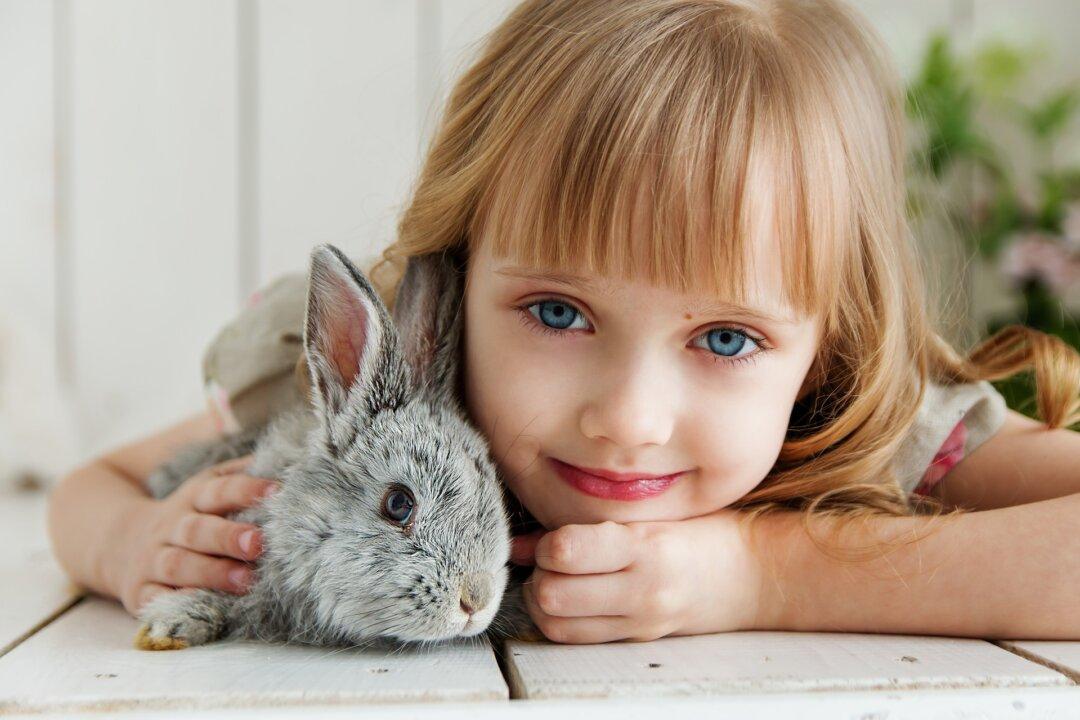In one scene from the 2006 British film, “Amazing Grace,” about William Wilberforce and John Newton, Wilberforce, a young British parliamentarian, picks up a large brown pet rabbit from a chair and carries it around while his friend, Prime Minister William Pitt, jokingly suggests the rabbit would make a fine meal. While rabbits have been common dinner fare throughout the ages, domestication of some rabbit species supposedly began in the 15th century by French monks, according to global animal welfare organization Four Paws International. From there, domestic rabbit breeding clubs were established throughout Europe and sundry size, build, coat color, and weights emerged so that rabbits now rank as the second most common specialty pet, after fish, according to the American Veterinarian Medical Association (AVMA).
In fact, although numbers are difficult to pinpoint, AVMA estimates rabbits are pets in 1,000-plus U.S. homes.





